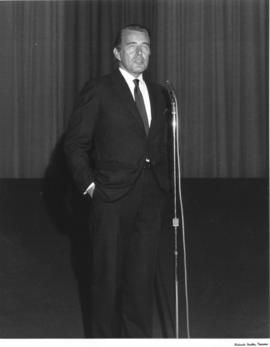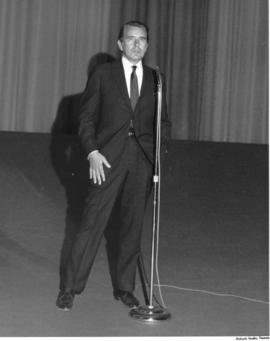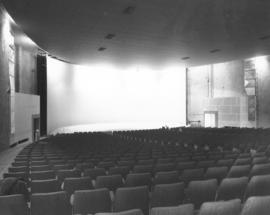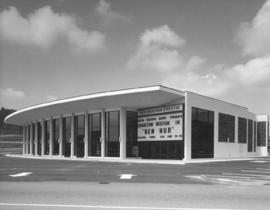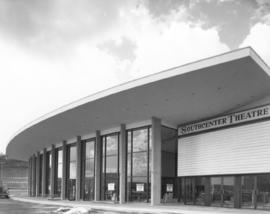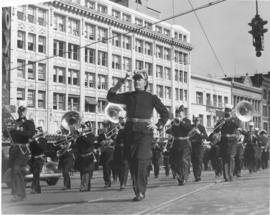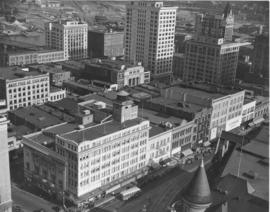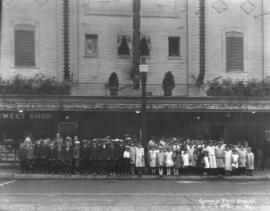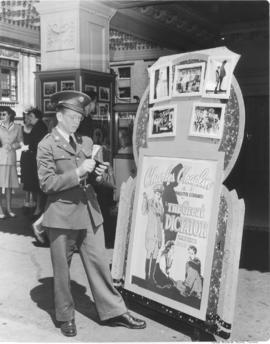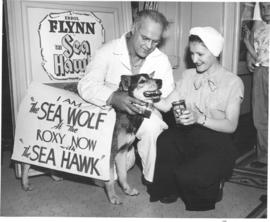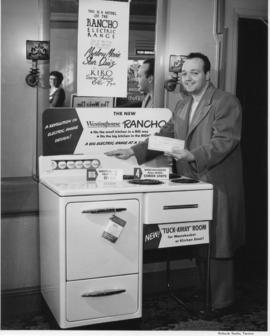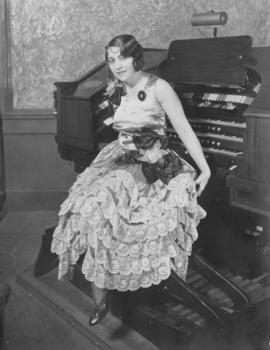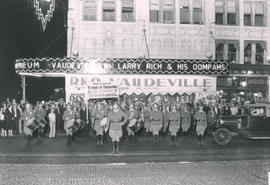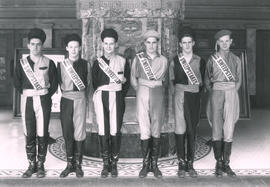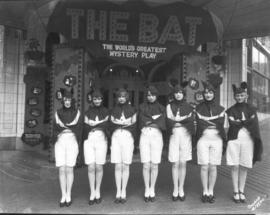- Item
- 1970-04-01
Part of Richards Studio Photographs
Actor John Forsythe on stage during opening night at the Southcenter Theatre, April 1, 1970. His film, "Topaz," was the first film shown at the theater. It was directed by Alfred Hitchcock and also starred Philippe Noiret and Michel Piccoli. Based on the complex Leon Uris spy novel, Mr. Forsythe played a CIA agent who uncovers Soviet plans to place missiles in Cuba. Mr. Forsythe was perhaps better known in later years as a television star, appearing in "Bachelor Father," the unseen Charlie in "Charlie's Angels," and as oil tycoon Blake Carrington in "Dynasty." ALBUM 7.
Forsythe, John; Actors; Motion picture theaters--Tukwila; Southcenter Theatre (Tukwila);
